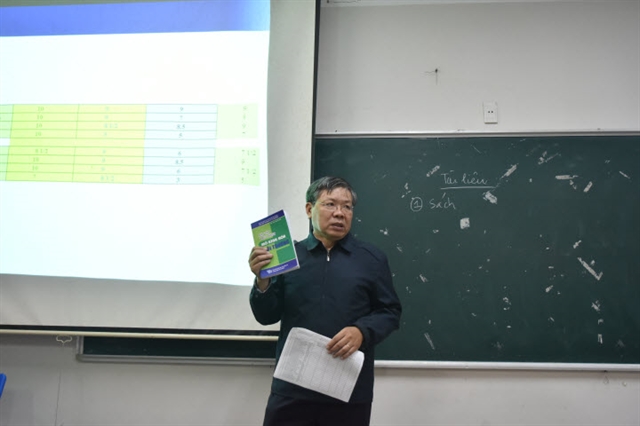 Opinion
Opinion
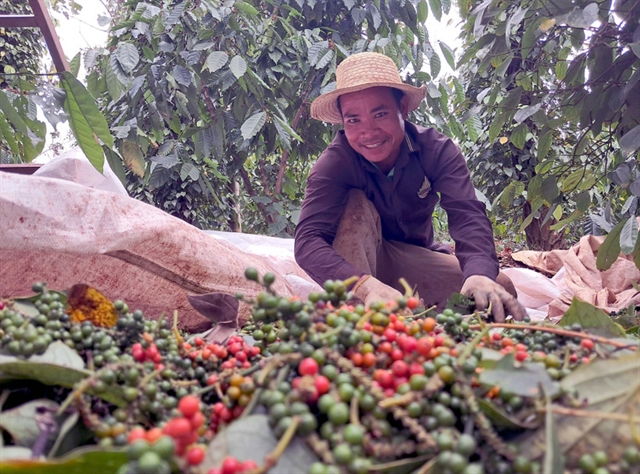
The upcoming summit between US President Donald Trump and DPRK chairman Kim Jong Un is slated to take place in Việt Nam on Wednesday and Thursday, and will be their second meeting following their first historic summit in Singapore last June. Ahead of the DPRK-USA Hanoi Summit, experts from around the world share their views on the event.
The upcoming summit between US President Donald Trump and DPRK chairman Kim Jong Un is slated to take place in Việt Nam on Wednesday and Thursday, and will be their second meeting following their first historic summit in Singapore last June. Ahead of the DPRK-USA Hanoi Summit, experts from around the world share their views on the event.
What should we expect from the upcoming summit?
Carlyle Alan Thayer, Emeritus Professor at the University of New South Wales, lecturer at the Australian Defence Force Academy
It is obvious that there is an impasse following the first summit [in Singapore]. And, as American diplomats want to say, the president doesn’t travel halfway around the world for a photo op. The fact that the summit is scheduled means that there will be some kind of deliverables. The key issue relates to the extent that the US will be slightly more flexible in rewarding North Korea for actions that it agrees to undertake. UN sanctions have put [Chairman] Kim Jong Un under pressure. Kim is trying to improve his bargaining position with the US by making an end run to both South Korea and China. He wants them to press the US to continue the dialogue and to urge the US indicate how it will respond to specific North Korean steps to denuclearise. It is likely that some sort of general road map, rather than a detailed agreement, will be adopted that sets out the principles for the process of phased denuclearisation, what steps North Korea will take and how the United States will respond such as corresponding measures or simultaneous action in parallel with each other. This could include a partial lifting of sanctions in response to North Korean moves to denuclearise. The main principles will be to denuclearise the Korean peninsula under verification by inspectors from the International Atomic Energy Agency (IAEA), a formal end to hostilities on the Korean peninsula via a peace treaty, some sort of mutual agreement not to threaten force (mutual security guarantee), mutual recognition of each other’s security needs and a moratorium on nuclear and ballistic missile tests.
North Korea has indicated – once again – that it will permanently dismantle the Yongbyon nuclear facility. The first step would be to admit an IAEA inspector, to shut down operations and eventually dismantle the plutonium and uranium enrichment facilities. This process will be a protracted one and will depend on "corresponding measures" by the US such as a partial lifting of economic sanctions. There are some straws in the wind. In January, the UN Security Council agreed to exempt four international organisations from sanctions so they could provide humanitarian aid to North Korea. The US and South Korea are scheduled to conduct military exercises in March; they could be scaled down as in the past or called off altogether.
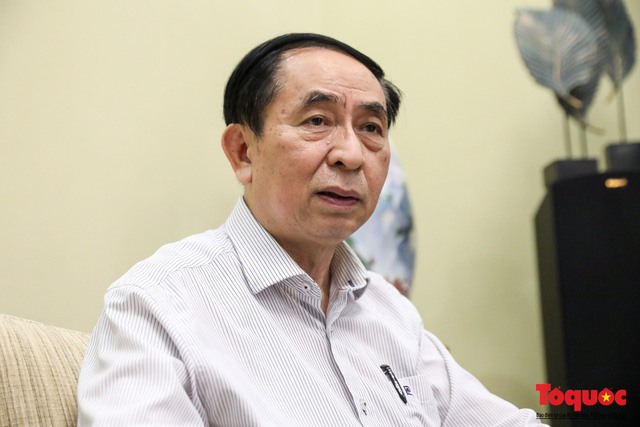 |
| Nguyễn Vinh Quang |
Nguyễn Vinh Quang, Senior Advisor, Center for Strategic Studies and International Development
During the past eight months since the first summit in Singapore, the DPRK has made some concessions like halting nuclear tests and missile launches, returning remains of US soldiers from the Korean War and dismantling ballistic missile test site facilities. However, they have been quite cautious in laying their cards on the negotiating table because it is difficult for them to revoke whatever concessions they make, for example dismantling nuclear facilities or handing over the list of nuclear facilities or missile test sites.
Meanwhile, what the US can offer like lifting of sanctions or a suspension of military drills can be overturned anytime. In fact, as we can see, the US administration has recently revoked some of its international commitments that it had made before. Therefore, the caution of the DPRK is understandable and the public should not view it as too negative.
I am quite optimistic about the results of this summit in Hà Nội. Initially, the US set a very ambitious goal of achieving the complete and verifiable denuclearisation of the DPRK before meeting any of its demands. Now, they have changed and want to do things step by step. US President Donald Trump has said he was “not in a rush” to force the DPRK to abandon its nuclear programme. The US has shown some positive signals, especially during negotiations at ministerial levels and lower. I think this time, the US may put some new demands on the table, for example, asking the DPRK to hand over the list of their nuclear facilities, nuclear weapons and missiles that they have been developing. I also hope for some other concrete results like the announcement of an end to the Korean War which can lead to a peace agreement, the lifting of sanctions against the DPRK and an effective inspection of their nuclear facilities. I think the two leaders are both decisive and intelligent, so they may do things that are beyond our expectation.
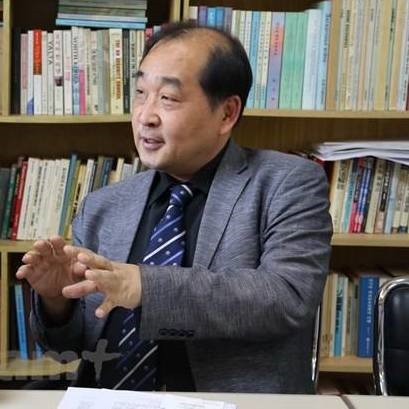 |
| Professor Dr. Lee Woong-Hyeon |
Professor Dr. Lee Woong-Hyeon, Division of International Studies, Korean University and President of the Korean Geopolitical Research Institute
Without much progress since then [the first summit in Singapore in June, 2018], in Hà Nội US President Trump and North Korean leader Kim have to deal with further and more concrete issues to implement the Singapore Declaration. For example, specific items such as North Korea’s closure of its main nuclear complex in Yongbyon in exchange for partial sanctions relief from the US and a declaration formally ending the 1950-53 Korean War.
As we now know, during the last couple of weeks, US [special representative for North Korea] Stephen Biegun and [his counterpart] Kim Hyuk-chul of North Korea discussed and narrowed their differences in the agenda for the next summit. Even though it is alleged that they could not completely resolve the differences between them, I expect the two sides in Hà Nội will reach some agreements in those issues, at least on North Korea’s proposed time table of denuclearisation and partial lifting of the economic sanctions of the US toward North Korea.
Maybe the biggest hurdle is what should be done first. Which side should carry out its commitments: Kim’s proposal of the time plan for the complete denuclearisation of the Korean Peninsula, or Trump’s initiative for the relief of the sanctions toward the Democratic Peoples’ Republic of Korea by the UN and international society? For the last several months, this has been a critical issue in the diplomatic negotiations between the two.
In Hà Nội, the two sides should put out some wise and concrete ideas to solve this problem. Other hurdles are not so important ones to overcome, I think.
Why was Hà Nội chosen?
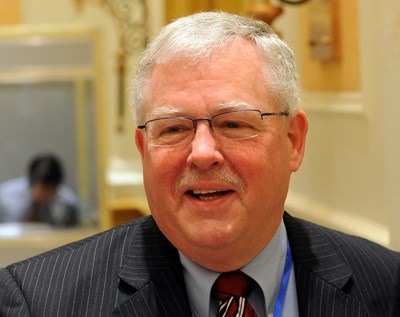 |
| Carlyle Alan Thayer |
Carlyle Alan Thayer
There are practical, political and symbolic reasons why Hà Nội was chosen.
Practical Reasons: Hà Nội is in short flying distance from Pyongyang. As Việt Nam’s capital city, both the US and North Korea have embassies there that can provide administrative and logistic support. All the other stakeholders have diplomatic missions so they can easily monitor the summit.
Political Reasons: North Korea reportedly wanted to hold a summit with the United States in the capital of the ASEAN Chair. That was one reason why Singapore was chosen. Việt Nam will become ASEAN chair in 2020. ASEAN has long sought to play a role in facilitating peace on the Korean peninsula. ASEAN supports UN sanctions while at the same time promoting dialogue and the non-use or threat of force in inter-state relations. The denuclearisation of the Korean peninsula will take many years. Việt Nam is positioned to play a facilitating role not only as host of the second summit but as ASEAN Chair in 2020 and as a non-permanent member of the UN Security Council in 2021. Việt Nam is also motivated to boost its international standing as a net contributor to global and regional security and thus gain diplomatic leverage in its relations with the major powers. A decade ago, Việt Nam quietly hosted talks between Japan and the DPRK on the family reunion issue. Later, Việt Nam played an instrumental role in getting North Korea to join the ASEAN Regional Forum. [US] Secretary of State Mike Pompeo has held up Việt Nam’s model of economic reforms as an example North Korea should study. Kim has also expressed interest in learning about Việt Nam’s reforms. In addition, Việt Nam’s success in negotiating a bilateral trade agreement with the US (the US is now Việt Nam’s second largest export market after the EU) and later raising relations to a comprehensive partnership should be experiences North Korea could learn from.
Symbolic Reasons: Both Việt Nam and Korea were divided during the Cold War. Both experienced armed conflict on their soil with the US. The DPRK was the third communist country after the People’s Republic of China and the Soviet Union to extend diplomatic recognition to the Democratic Republic of Việt Nam in January 1950. Hà Nội is now the capital of reunified Việt Nam. Việt Nam and the United States fought a prolonged war against each other and later normalised relations and reconciled. The US contributes to war legacy issues such Agent Orange (dioxin) remediation, while Việt Nam continues to provide support for a “full accounting” of American service personnel Missing-in-Action. In sum, there are historical similarities leading to the symbolism that North Korea could turn out be a success story like Việt Nam.
Prof., Dr. Lee Woong-Hyeon
Hà Nội is a nice choice for the summit. Việt Nam has good diplomatic relations with US, North Korea and South Korea.
Hosting a historic summit between the US and DPRK, itself, would be the productive role because for the US as well as North Korea, Việt Nam is a very special country. Hà Nội is a city of symbolic and historical importance for the two.
For the Americans, the Hà Nội summit can be a starting point for improving relations with Việt Nam and removing the dark history with Việt Nam.
And for North Korea, Việt Nam is a good role model for political and economic development. They are now searching for a new development road of the socialist regime. For them, Việt Nam’s trial and policy of Đổi Mới (Renewal) is a good teacher rather than China’s and Russia’s experiences of opening and reforming the state. In this respect, the Hà Nội government can give advice about its experience to the North Korean leader.
Unlike China and Russia, Việt Nam can teach North Korea how a socialist country can achieve the status of economic power even without nuclear armaments. — VNS